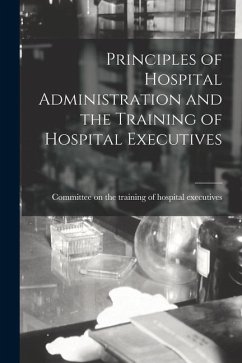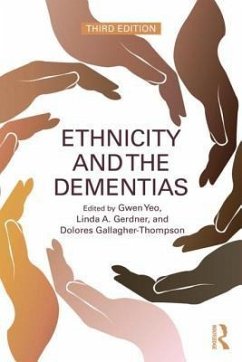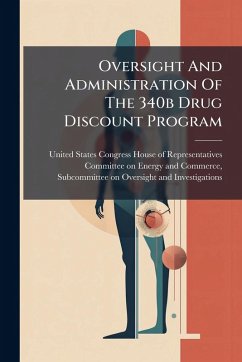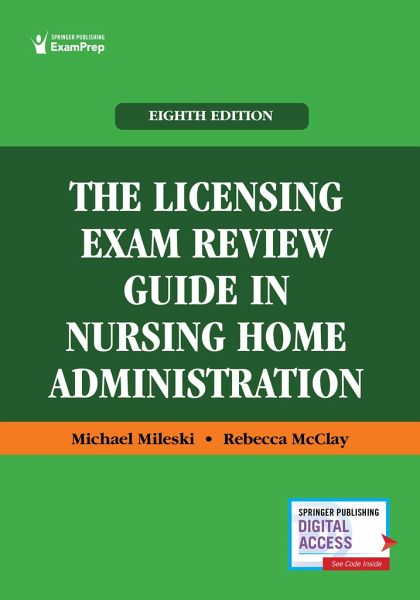
The Licensing Exam Review Guide in Nursing Home Administration

PAYBACK Punkte
43 °P sammeln!
"The review questions in this guide are intended for use by individuals who are studying for the national licensure examination"--




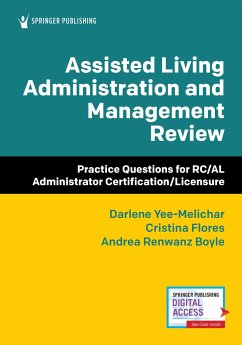
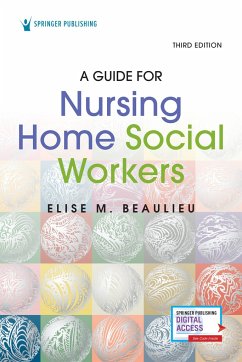
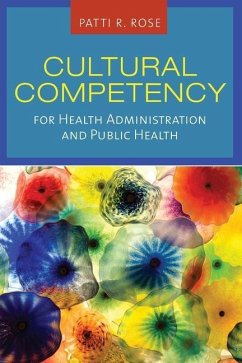

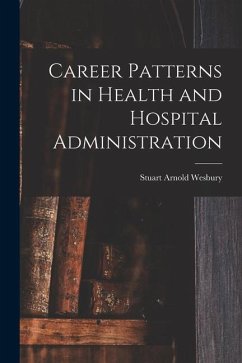
![First(-Fifty-Seventh) Annual Administration Report of the Madras Sanitary Commission. [Continued As] Fifty-Eighth [&c.] Annual Report of the Director of Public Health Cover First(-Fifty-Seventh) Annual Administration Report of the Madras Sanitary Commission. [Continued As] Fifty-Eighth [&c.] Annual Report of the Director of Public Health](https://bilder.buecher.de/produkte/75/75085/75085789n.jpg)
